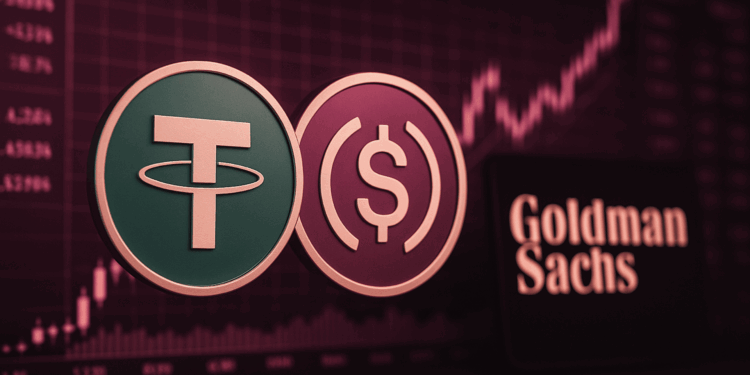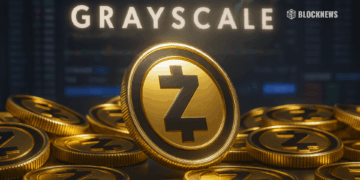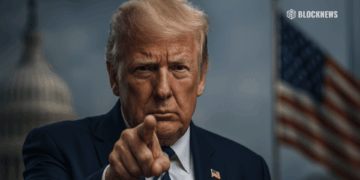- Goldman Sachs projects trillions for stablecoins, with payments seen as the largest untapped market opportunity.
- Circle’s USDC expected to grow by $77B by 2027, though competition from Tether and U.S. banks could slow progress.
- Treasury Secretary Scott Bessent predicts $2T+ potential, driven by stablecoin legislation tied to U.S. Treasuries and global demand for digital dollars.
The stablecoin market, already one of crypto’s most important sectors, might be on the edge of exploding into the trillions, at least if Goldman Sachs has it right. In a new research paper released Wednesday, the banking giant highlighted payments as the biggest untapped opportunity for stablecoins. Right now, most usage is tied to trading and offshore dollar demand, but in Goldman’s view, that’s just the tip of the iceberg.
Circle’s USDC is expected to lead this next growth cycle, with Goldman projecting it could expand by $77 billion before 2027. That momentum is partly thanks to fresh legislation in the U.S., which is starting to legitimize the space under a more crypto-friendly Trump administration. At the same time, Tether’s USDT remains the dominant stablecoin globally, though it still isn’t available to U.S. citizens. Circle is betting the legal clarity will open doors for broader adoption, especially as regulators finally begin giving green lights instead of red tape.
Competition Heats Up Among Issuers
Of course, not everyone sees smooth sailing. Analysts at Mizuho Securities recently warned that USDC’s growth could face headwinds as competition from traditional banks ramps up. Several U.S. giants, including Bank of America, have hinted at launching their own dollar-backed tokens—a move that could reshape the market dynamics entirely. Tether, meanwhile, has openly declared its ambitions to break into the U.S. market, with CEO Paolo Ardoino revealing a domestic strategy is already in motion.
This sets the stage for what might be the fiercest race in the digital asset space: Circle leveraging regulatory tailwinds, Tether pushing into new territories, and big banks preparing to flex their muscle with fully backed stablecoins. Each player brings different strengths—Circle with compliance, Tether with dominance, and banks with legacy trust.
A Market Headed for the Trillions
Adding more fuel to the optimism, U.S. Treasury Secretary Scott Bessent has gone on record predicting stablecoins will one day be measured in the trillions. He argues that legislation tying stablecoins to U.S. Treasuries and T-bills could massively expand dollar usage worldwide. His estimate? Around $2 trillion as a “reasonable” figure, with the potential to go far beyond that as adoption snowballs.
If that comes true, stablecoins won’t just be another crypto niche—they’ll be an essential pillar of the global financial system. For now, the sector sits at about $271 billion in market size, but with regulatory clarity improving and adoption accelerating, the next few years may completely rewrite what stablecoins mean for both crypto and traditional finance.














